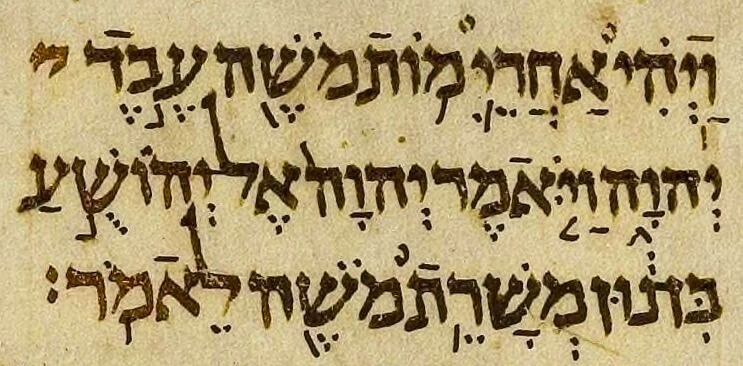
The Book of Enoch Banned From The Bible Tells The Full True Story of History And Humanity
The angels that came down to Earth, the Nephilim, the great flood, and ancient and advanced knowledge are some of the topics discussed in The Book of Enoch, an ancient manuscript that comprises various accounts narrated by Enoch, an attested biblical figure and grandfather. Of Noah who was in direct contact with the “Divine Creator.”
The Book of Enoch is an ancient Hebrew apocalyptic religious text, ascribed by tradition to Enoch, the great-grandfather of Noah. Enoch contains unique material on the origins of demons and Nephilim, why some angels fell from heaven, an explanation of why the Genesis flood was a morally necessary, and a prophetic exposition of the thousand-year reign of the Messiah.

The older sections (mainly in the Book of the Watchers) of the text are estimated to date from about 300-200 BC, and the latest part (Book of Parables) probably to 100 BC.
Various Aramaic fragments found in the Dead Sea Scrolls, as well as Koine Greek and Latin fragments, are proof that the Book of Enoch was known by Jews and early Near Eastern Christians. This book was also quoted by some 1st and 2nd century authors as in the Testaments of the Twelve Patriarchs. Authors of the New Testament were also familiar with some content of the story.
A short section of 1 Enoch (1:9) is cited in the New Testament Epistle of Jude, Jude 1:14-15, and is attributed there to “Enoch the Seventh from Adam” (1 Enoch 60:8), although this section of 1 Enoch is a mid-rash on Deuteronomy 33:2. Several copies of the earlier sections of 1 Enoch were preserved among the Dead Sea Scrolls.
It is not part of the biblical canon used by Jews, apart from Beta Israel (Ethiopian Jews). While the Ethiopian Orthodox Tewahedo Church and Eritrean Orthodox Tewahedo Church consider the Book of Enoch as canonical, other Christian groups regard it as non-canonical or non-inspired, but may accept it as having some historical or theological interest.

It is today wholly extant only in the Ethiopian Ge’ez language, with earlier Aramaic fragments from the Dead Sea Scrolls and a few Greek and Latin fragments. For this and other reasons, the traditional Ethiopian belief is that the original language of the work was Ge’ez, whereas modern scholars argue that it was first written in either Aramaic or Hebrew, the languages first used for Jewish texts; Ephraim Isaac suggests that the Book of Enoch, like the Book of Daniel, was composed partially in Aramaic and partially in Hebrew.: 6 No Hebrew version is known to have survived. The book itself asserts that its author was Enoch, before the biblical flood.
The most complete Book of Enoch comes from Ethiopic manuscripts, maṣḥafa hēnok (መጽሐፈ ሄኖክ), written in Ge’ez, which were brought to Europe by James Bruce in the late 18th century and were translated into English in the 19th century.
The first part of the Book of Enoch describes the fall of the Watchers, the angels who fathered the angel-human hybrids called Nephilim. The remainder of the book describes Enoch’s revelations and his visits to heaven in the form of travels, visions, and dreams.
In its entirety, The Book of Enoch is made up of five books – The Book of Watchers, Book of Parables, The Astronomical Book, The Dream Visions, and The Epistles of Enoch – containing some 100 chapters. These chapters tell the story of the 7th patriarch in the Book of Genesis – Enoch, the father of Methuselah and grandfather of Noah, the same Noah in the biblical story of Noah’s Ark.

Yet, this was not the biblical story of Noah’s Ark. In fact, the Book of Enoch provides an entirely different recounting of the events leading up to the Great Flood of Noah’s time, that is, a completely different doctrinal history.
It tells a story of the Watchers, explained in biblical terms to be fallen angels, sent to earth to watch over humans at some undefined and ancient point in time. Unfortunately, far from merely watching humans, these Watchers became infatuated by human women, and in short order, began to engage in depraved sexual acts with them. The Book of Enoch tells of the children born through this interbreeding between Watchers and humans, called the Nephilim.
These Nephilim were as described: “giants and savages that endangered and pillaged humanity,” or, said another way, “supernatural, man-eating giants.” Angered with what the Watchers had done, those described as gods chained them in a subterranean prison deep within the earth. Enoch became the go-between gods and imprisoned Watchers.




